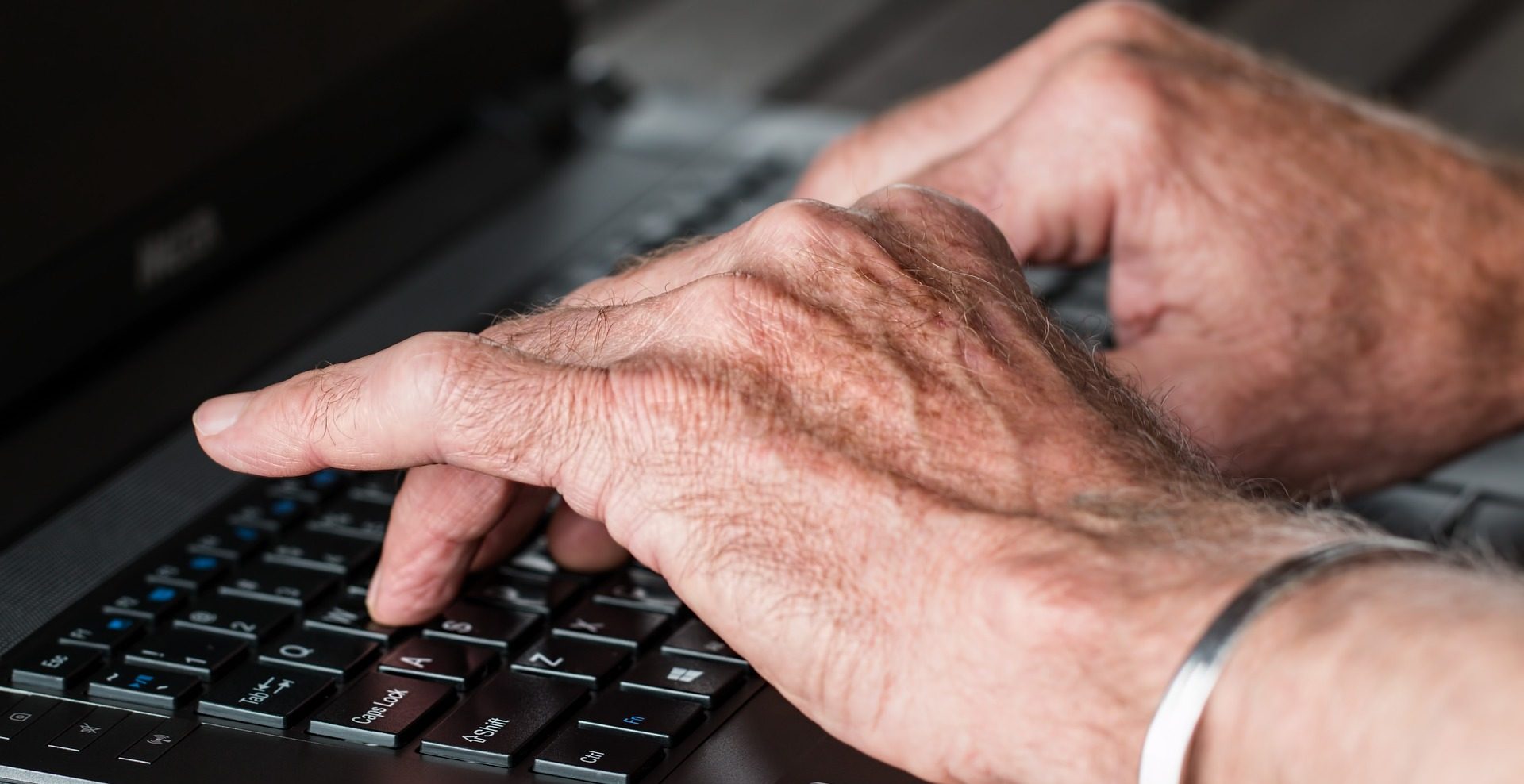Think of “digital divide,” and it’s likely that a lack of access to internet connectivity and/or devices comes to mind. That’s certainly part of it. But the North Carolina Division of Broadband and Digital Equity adds another aspect: digital literacy. What good is a connected smartphone if you don’t know how to use it?
Annette Taylor, Director of the division’s Office of Digital Equity and Literacy, understands. Her 72-year-old mother has a computer but is reluctant to use the internet. That became problematic during the pandemic when a digital pay stub was the only way she could see how much “COVID pay” she was earning from her temporarily shuttered employer.
“Readiness is a factor for many people,” Taylor said. “We do still have a lot of our constituents that are in fear of trying things out.”
Complexity is another factor, she said. For example, some government agencies required multiple multifactor authentications to access services. “They had it where you had to get in front of a camera, so your device had to have a camera on it and you had to take a live picture and upload it in order to be recognized so that your claim could be filed properly,” she said.
Enhancing Connectivity, Affordability and Computer Literacy
The challenge the office faces, then, is stepped. First, it must make sure all state residents can connect to the internet (270,000 of its 10.7 million residents can’t) and have internet-ready devices. Second, those devices must be affordable, and third, people must know how to use them.
Because at least 1.1 million state residents are affected by the digital divide, Gov. Roy Cooper committed neatly $1 billion in American Rescue Plan funds toward infrastructure and digital literacy.
Taylor’s office is tackling that last piece and has been working since the spring to assemble an outreach and engagement team.
“One [area] I am very ambitious and anxious to work on is with our seniors and aging populations,” she said — for instance, by partnering with community centers, the state Division of Aging and Adult Services, and public housing units. “We’re looking to resolve those issues with people who are not using the internet as much or are not able to do some of the day-to- day, necessary services that they need. It is a big priority for us.”
Her office also is creating a five-year comprehensive digital plan and aims to invest at least $24 million in the next year in programs that focus on affordability, device availability and digital literacy skills. “We are also looking to build the capacity of nonprofits in the community and local governments who will be prepared to apply and compete for additional funds coming from the federal government over the next couple of years,” Taylor added.
The lesson she takes from that is that the work matters. “What we learned is that our office is important,” Taylor said. “More needs to be done. We know that more populations are still at risk for not being included.”
She offered three best practices for bridging the digital divide:
- Collaborate locally for digital inclusion planning. Unite stakeholders — local leaders, libraries, nonprofits, schools and businesses — to make a plan that ensures that the right resources are in place for everyone.
- Facilitate access to devices. Private companies, government agencies and universities have devices they aren’t using and can give to nonprofits for refurbishing and distribution to needy families.
- Establish Digital Navigator Programs. Digital navigators help people gain digital literacy. They can be volunteer or paid workers working at libraries or community centers or answering phone calls.
This article appears in our “Guide to Building Constituent Engagement.” For more ideas on how agencies are improving their outreach, download the guide.





Leave a Reply
You must be logged in to post a comment.